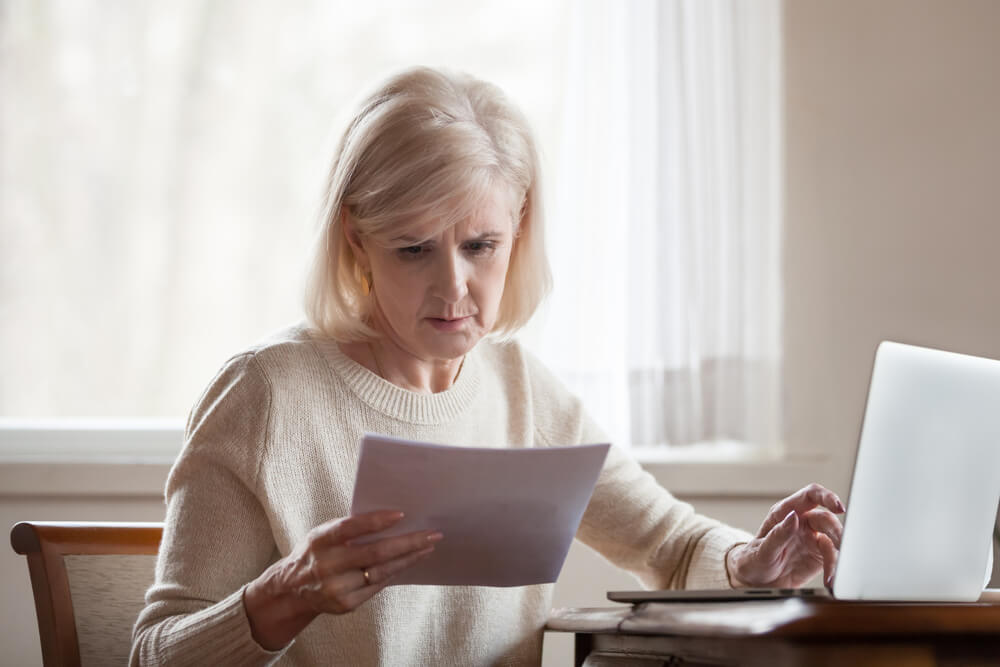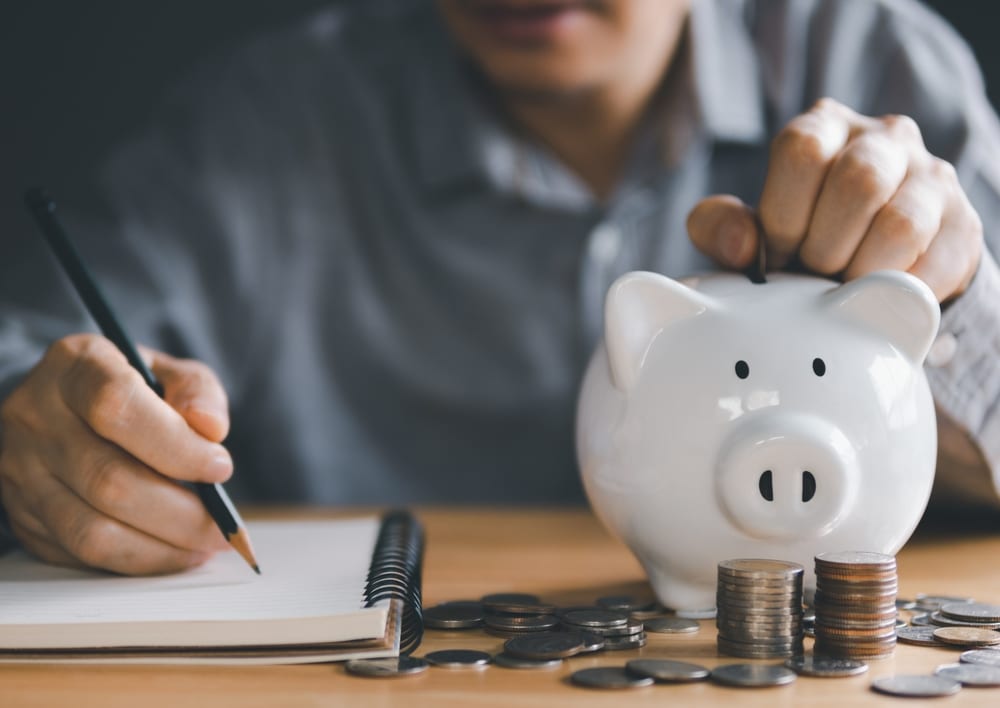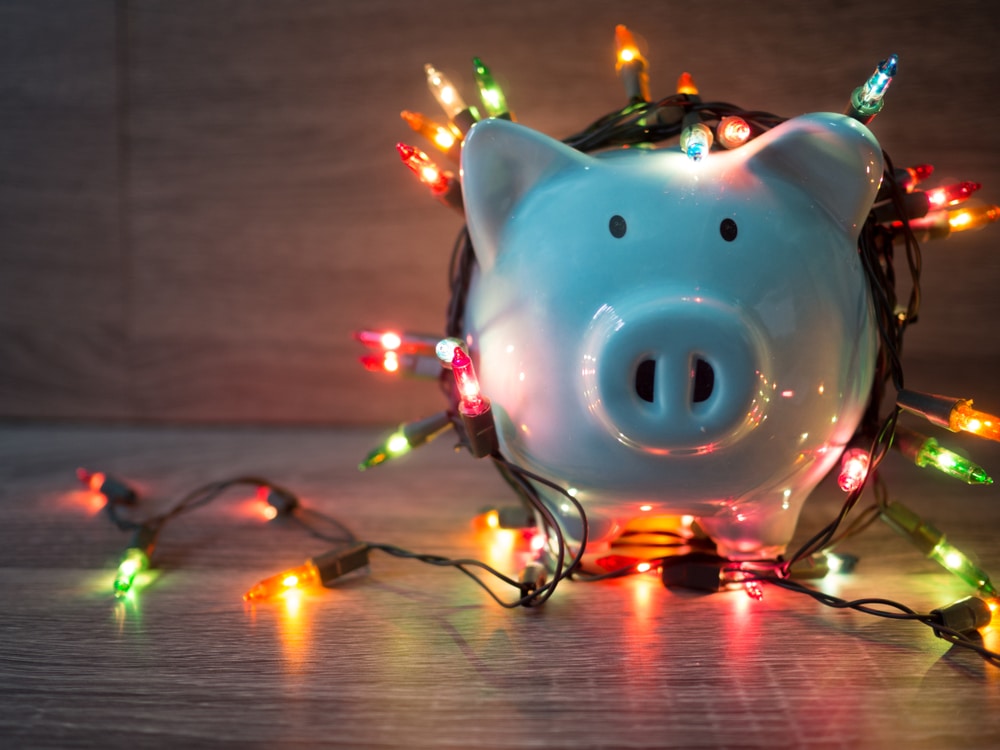You hear about people going bankrupt all the time, and if you are struggling with debt you might even be considering it for your own situation.
But how do you go bankrupt? What is the process? We’ve created a step by step guide on how to claim bankruptcy and hopefully answer any questions you might have.
An overview of Bankruptcy in Scotland
In Scotland, bankruptcy is known as Sequestration, and the process is different compared to the rest of the country.
You can either claim bankruptcy yourself through a money advisor to the Accountant in Bankruptcy (AIB) Scotland or be declared bankrupt by a lender via the Sheriff Court.
If you go bankrupt in Scotland, your finances will be supervised by a Trustee. Your Trustee is similar to an Insolvency Practitioner in a Trust Deed, or a money adviser in the Debt Arrangement Scheme (DAS).
Your Trustee will take control of your assets during the bankruptcy process to try and pay back as much of your debt as possible.
The 4 steps to going bankrupt in Scotland
We decided to break it down and give you an insight into how the process works. We’ve laid out the four steps to going bankrupt below:
Step 1: Do you qualify?
The first step, before you do anything else, is to make sure you fit the criteria to be able to go bankrupt.
In order to apply you must:
- Live in Scotland, or have lived in Scotland for at least six months
- Owe more than £3000
- Not have claimed bankruptcy within the last five years
If you have a debt level under £17,000 with no disposable income and very little assets, you may be able to apply for another form of bankruptcy called the Minimal Assets Process (MAP). You can also apply for this if you have no income and rely solely on benefits.
Step 2: Speak to an approved money adviser
The next step is to make sure that bankruptcy is the right option for you. It can sometimes feel like your only option, but there are others out there that may suit your situation better.
Bankruptcy is encouraged to be the last resort when dealing with your debts. It’s a big decision to make and it’s important to make you that you get it right as the process is very hard to reverse.
It’s important to consider all your options before you decide. You need to consider things such as:
- Your overall debt level
- The probability of being able to pay anything towards your debts
- What you earn
- What will happen to your assets such as your house or car
It’s always best to contact an approved money advisor to discuss your situation.
They can confirm whether you qualify and will check to see if there is an alternative that would be better for your circumstances.
Step 3: Application
If it’s decided that bankruptcy is the best solution for you, the next step is to apply. You will be given a Certificate for Sequestration, which allows you to apply, and your money advisor will help you to fill in an application.
It might also be required or requested for you to complete what is called a Moratorium.
This is a document that will stop creditors taking any action against you for six weeks until your sequestration is in place.
Sequestration isn’t free; it will cost you £200 to submit your application. This is non-negotiable and there are no exemptions from this.
Step 4: Submit
Once you have completed the above step, it’s time to submit the application. It will be submitted by your advisor to the AIB who will aim to have it processed within five working days.
If they accept your application, you are then declared bankrupt. This is then recorded on the Register of Insolvencies.
A massive thank you
“I’d like to say a massive thank you to Carrington Dean for helping me. It feels like I have control of my life again.”
What happens once you begin your bankruptcy?
So, the hard part is over and you are now officially bankrupt; now what? Well, once you begin your own bankruptcy, you’ll need to surrender all your assets to your Trustee. This includes your house, car, money and anything else that is considered to have financial value.
There are some exemptions to this. The terms of bankruptcy in Scotland will allow you to keep your car if it is valued at £3000 or less and you need it for everyday use.
This also goes for other objects that you may need for work, such as any tools or equipment, up to the value of £1000.
Household items such as your furniture and your clothes are not considered an asset and will not need to be surrendered.
Monthly payments
While a Trust Deed involves making a guaranteed monthly payment towards your debts each month, you won’t necessarily have to make a regular contribution to your bankruptcy agreement. That said, making a regular contribution isn’t uncommon.
When you apply for bankruptcy in Scotland, an overview of your income and expenses is conducted.
If it’s found that you have some spare cash after paying all your bills, you will be expected to pay this into your account each month.
The payments will cover the cost of the bankruptcy as well as going towards paying back your debts.
This is known as a Debt Contribution Order and will generally last about four years.
If you are found to have lied to, or misled, the Trustee about how much money you actually have available, you may face a bankruptcy restriction order.
This is a legal process that can extend the period of time you have to follow certain bankruptcy restrictions, and can last for up to 15 years.
Your house
Your home is one of, if not the, biggest assets you own, and unfortunately, if you are a homeowner, this often means that it’s a major factor in your bankruptcy.
When you apply, your advisor will check if there is any equity in your home; which is essentially the value of your house minus the cost of your mortgage.
If it is found that there is equity in your home, your Trustee might have to sell it. If the property is jointly owned, the other person(s) will have to agree to the sale. Should you refuse to sell your home, your trustee will apply to the court to obtain a court order which will, essentially, force the sale.
If it turns out that there is no equity in your home, selling your home becomes unnecessary.
However, if it remains unsold by the time you are discharged, it will still be considered as an asset. This means if the property market increases, your home may still be sold in the future.
What if I’m interested in bankruptcy but I’m not a homeowner?
If you carry a serious level of debt you can’t afford to repay and you don’t own your own home, there is a debt solution that may be more suitable to you.
Minimal assets process bankruptcy, more commonly known as MAP bankruptcy, is a form of bankruptcy targeted at Scottish residents with low income and little to no assets they could put towards a bankruptcy arrangement.
To find out more about the Minimal Asset process and whether it could be right for you, click here.
Where can I get debt advice and more information on formal debt solutions?
At Carrington Dean, we understand that debt problems can be hard to talk about, but it doesn’t have to be this way.
If you are struggling with unsecured debts and you’re worried you can’t afford to repay money owed, we can offer you the bankruptcy advice and guidance you need.
For more information on how to repay your debts and protect your credit rating, speak to one of our expert advisors today on 0800 043 1320.











